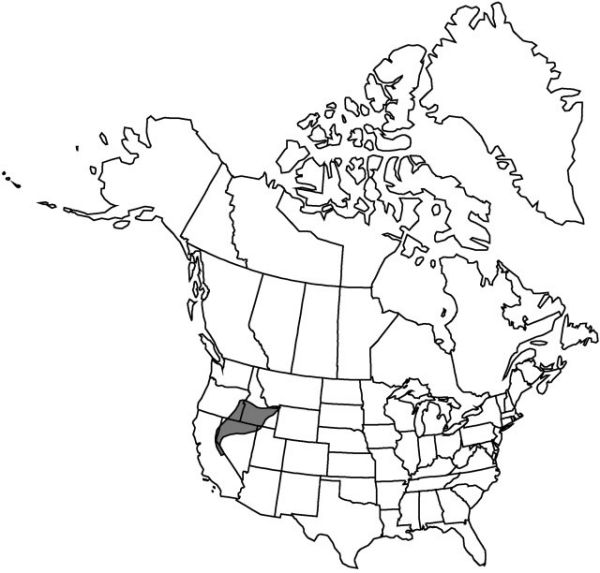Calochortus bruneaunis
Bot. Gaz. 55: 372. 1913.
Plants usually bulbose; bulb coat, when present, membranous. Stems usually not branching or twisted, 1–4 dm. Leaves: basal withering, 1–2 dm; blade linear. Inflorescences 1–4-flowered; bracts 2–4 cm. Flower erect; perianth open, campanulate; sepals with dark red or purple blotch near base, lanceolate, 1–4 cm, usually glabrous, apex acuminate; petals white tinged with lilac, with longitudinal median green stripe on abaxial surface and dark red or purple crescent distal to gland, narrowly obovate, 2–4 cm, ± glabrous; glands surrounded by yellow border, round, depressed, surrounded by conspicuously fringed membrane, densely covered with short, unbranched or distally branching hairs; filaments 5–6 mm; anthers yellow, blue, or maroon, oblong, 5–7 mm, apex obtuse. Capsules erect, linear-lanceoloid, angled, 3–7 cm, apex acuminate. Seeds yellow, flat. 2n = 14.
Phenology: Flowering late spring–summer.
Habitat: Dry brushy, grassy slopes, flats, pinyon-juniper woodlands
Elevation: 900–3000 m
Distribution

Calif., Idaho, Mont., Nev., Oreg., Utah.
Discussion
Selected References
None.